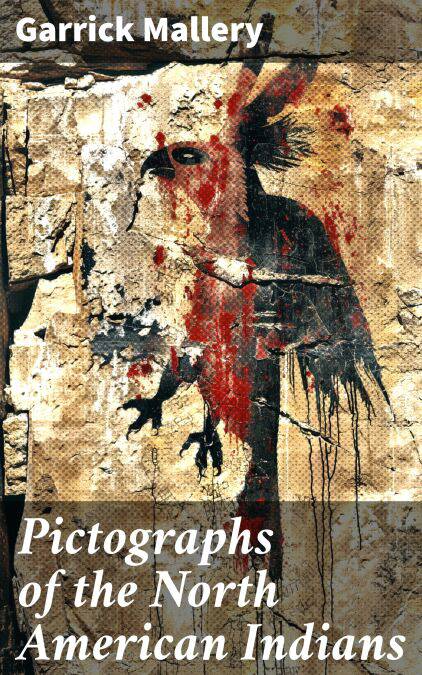
- Retrait gratuit dans votre magasin Club
- 7.000.000 titres dans notre catalogue
- Payer en toute sécurité
- Toujours un magasin près de chez vous
- Retrait gratuit dans votre magasin Club
- 7.000.000 titres dans notre catalogue
- Payer en toute sécurité
- Toujours un magasin près de chez vous
1,99 €
+ 1 points
Description
In "Pictographs of the North American Indians," Garrick Mallery meticulously examines the intricate world of Native American pictography, focusing on the visual symbols employed by various tribes across North America. Using a combination of ethnographic research and detailed illustrations, Mallery presents a systematic categorization of these pictographs, shedding light on their meanings and cultural significance. The book employs an analytical style, blending scholarly rigor with vivid descriptions that invite readers to engage deeply with the visual language of Indigenous peoples, thereby contributing to the broader discourse of American Indian studies in the late 19th century. Garrick Mallery, an esteemed art historian and ethnologist, dedicated much of his career to the preservation and understanding of Indigenous cultures. His prior experiences with the Smithsonian Institution and time spent among Native communities significantly informed his perspective, allowing him to approach the topic with both respect and critical insight. Mallery's passion for documenting and interpreting the lived experiences of Native peoples is evident throughout the text, making it a crucial contribution to the fields of anthropology and art history. "Pictographs of the North American Indians" is an essential read for anthropologists, historians, and anyone interested in Indigenous art and culture. Mallery'Äôs detailed analyses and rich illustrations provide an invaluable resource that deepens understanding of Native American heritage. This work not only celebrates the beauty of pictography but also calls for the preservation of Indigenous narratives in a rapidly changing world.
Spécifications
Parties prenantes
- Auteur(s) :
- Editeur:
Contenu
- Nombre de pages :
- 243
- Langue:
- Anglais
Caractéristiques
- EAN:
- 8596547668862
- Date de parution :
- 15-11-23
- Format:
- Ebook
- Protection digitale:
- Digital watermarking
- Format numérique:
- ePub







